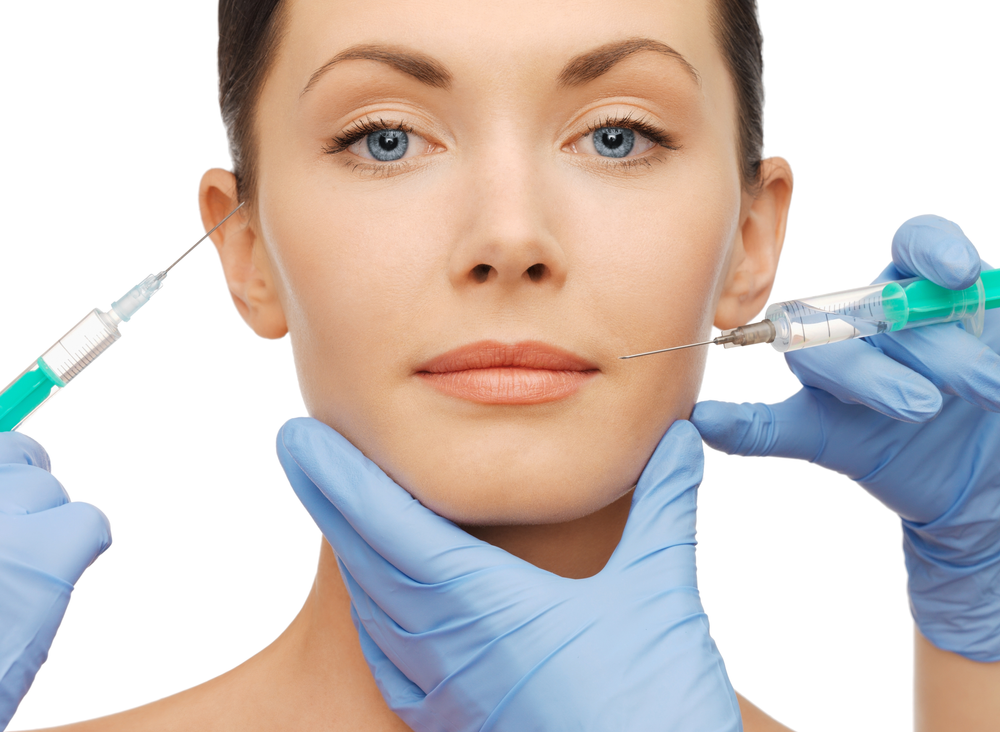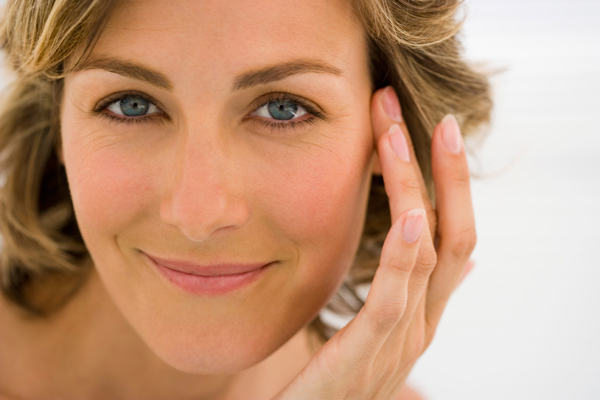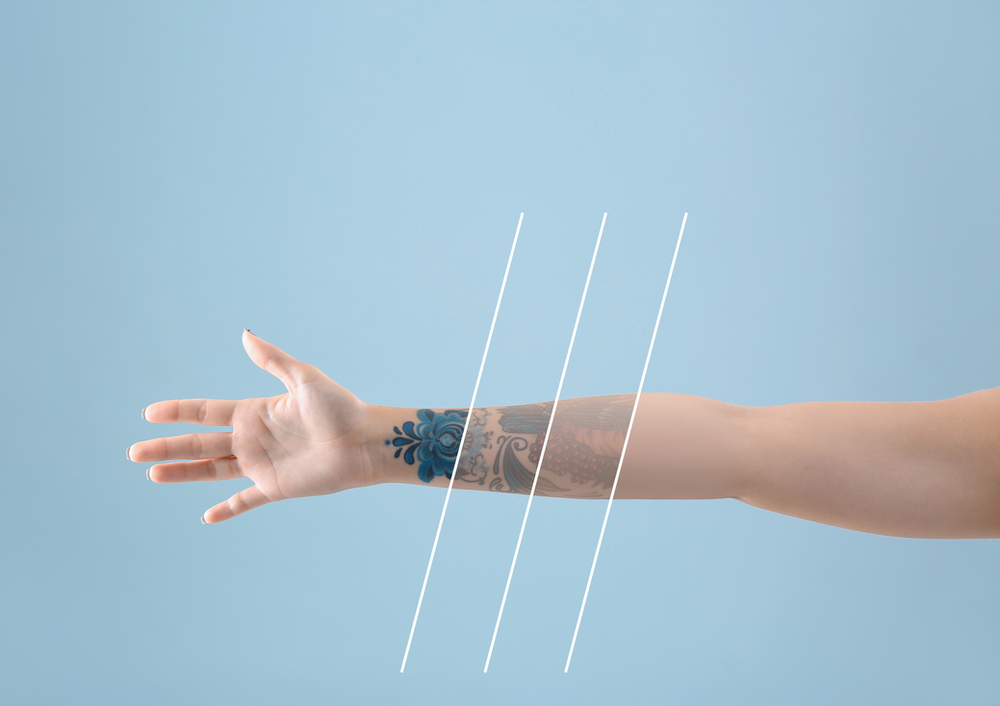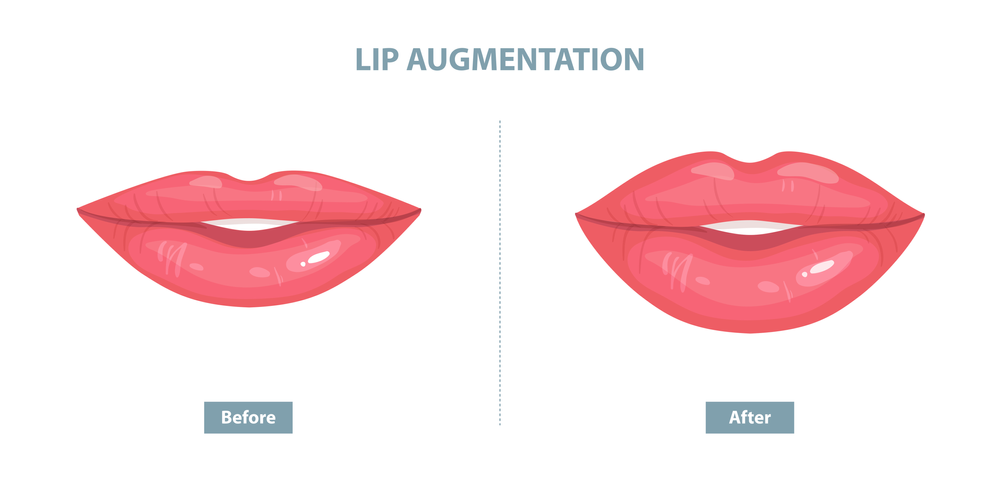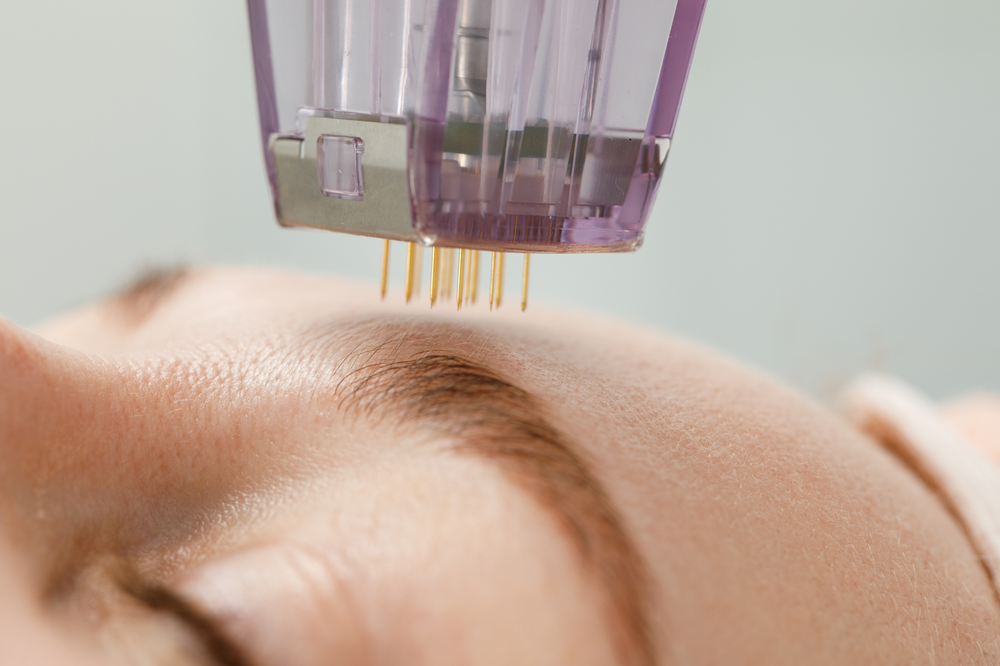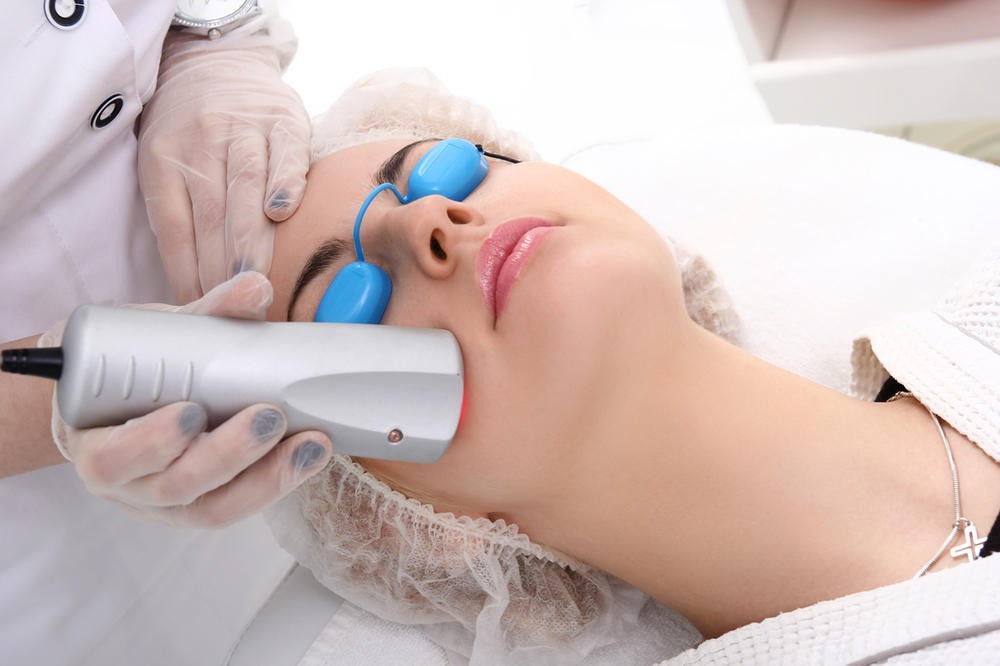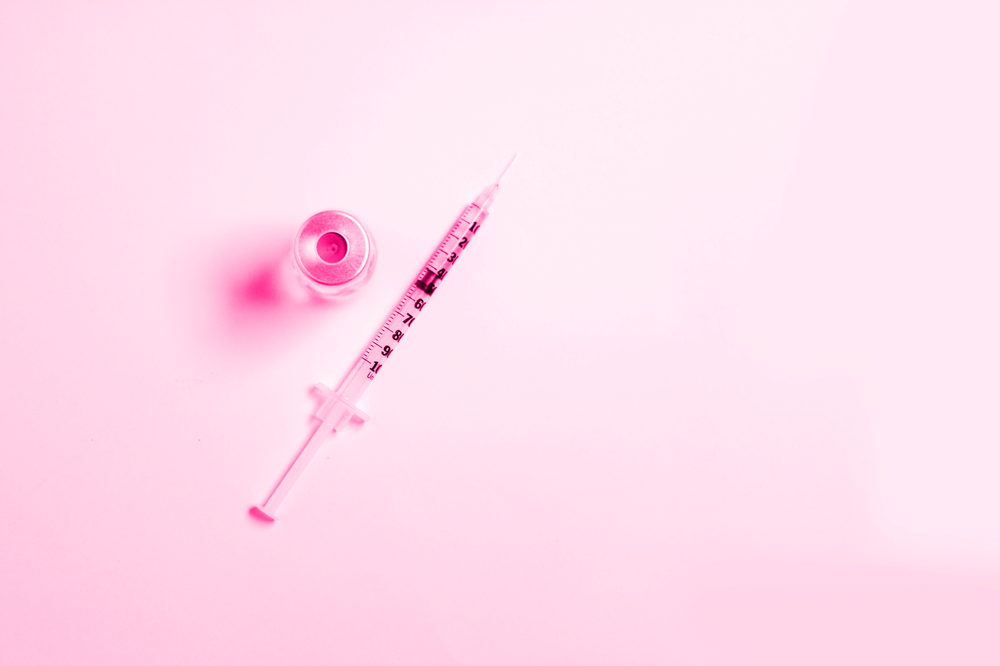Unlocking the Secrets the Fractional Resurfacing Laser: A Comprehensive Guide
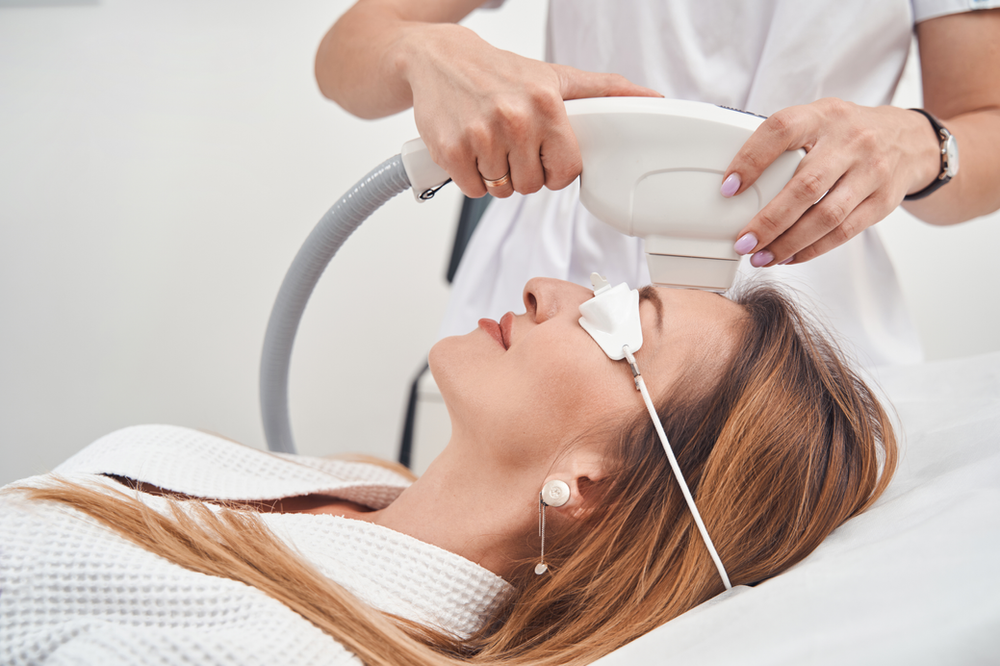
In the realm of cosmetic procedures, laser resurfacing stands out as a transformative technique, effectively addressing a plethora of skin concerns. Whether it's acne scars, sun damage, fine lines, or uneven skin tone, laser resurfacing offers a versatile solution. This article delves into the intricacies of laser resurfacing, exploring its various forms, benefits, and considerations.
Understanding Laser Skin Resurfacing
Laser resurfacing, also known as laser skin resurfacing, involves the use of intense pulsed light or laser energy to rejuvenate the skin. It works by targeting specific areas of the skin, stimulating collagen production, and promoting the growth of new, healthier skin cells.
Laser skin resurfacing is a highly effective cosmetic procedure that targets various skin concerns, providing remarkable improvements in skin texture, tone, and appearance. This advanced technique utilizes laser energy to precisely remove damaged or aged skin, revealing smoother, healthier skin underneath.
During laser skin resurfacing treatments, a specialized laser device emits concentrated beams of light energy that penetrate the skin's surface. These laser passes are carefully controlled to remove superficial layers of skin, stimulating collagen production and promoting the growth of new, rejuvenated skin cells.
One of the primary benefits of laser resurfacing is its ability to address a wide range of skin issues, including wrinkles, fine lines, acne scars, sun damage, and uneven pigmentation. By targeting specific areas of the skin, laser resurfacing can effectively reduce the appearance of imperfections and restore a more youthful complexion.
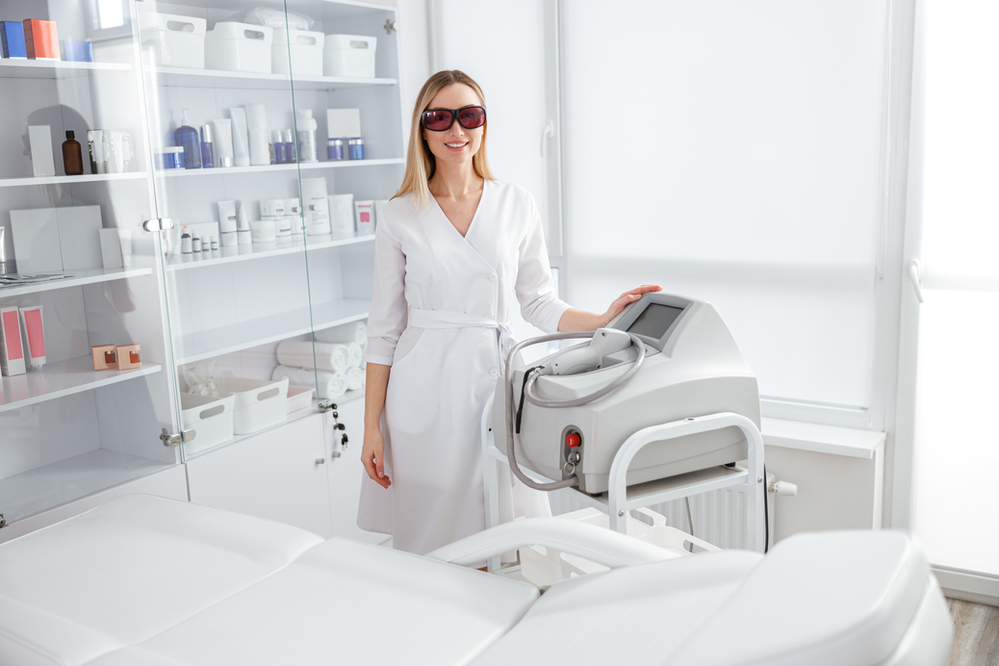
Patients undergoing laser resurfacing may require multiple treatments to achieve optimal results, depending on the severity of their skin concerns and desired outcomes. These treatments are typically spaced several weeks apart to allow for proper healing and collagen remodeling between sessions.
Laser resurfacing can be performed using different types of lasers, including pulsed dye lasers and nonablative lasers. Pulsed dye lasers are particularly effective in targeting blood vessels and vascular lesions, while nonablative lasers penetrate deeper into the skin without damaging the outer layer.
One of the advantages of laser resurfacing is its ability to accommodate different skin tones and colors. Laser energy can be adjusted to suit individual skin types, minimizing the risk of pigmentation changes and other adverse effects.
As a cosmetic procedure, laser resurfacing is commonly performed by facial plastic surgeons and other qualified healthcare providers. These professionals have the expertise and experience to tailor treatments to each patient's unique needs and goals, ensuring safe and effective outcomes.
During laser resurfacing, the laser energy is absorbed by the skin, where it heats and destroys targeted tissue. This process stimulates collagen production and triggers the body's natural healing response, leading to gradual improvements in skin texture and tone over time.
Additionally, laser resurfacing can help absorb pigments in the skin, leading to a more even complexion and reducing the appearance of hyperpigmentation.
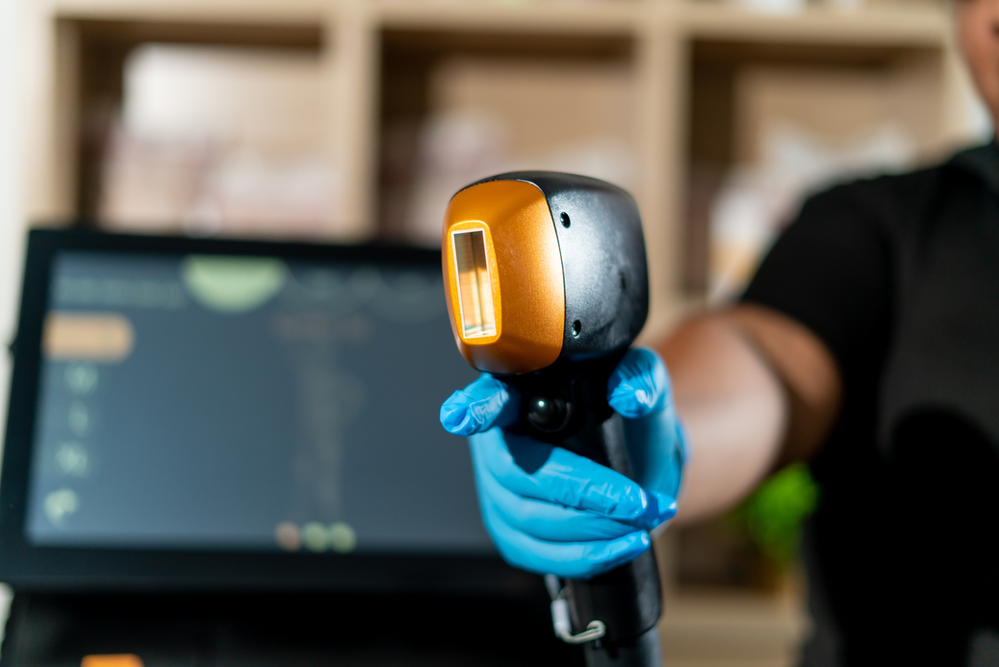
Types of Laser Resurfacing
There are two main types of laser resurfacing: ablative and non-ablative. Ablative laser resurfacing, such as erbium and carbon dioxide (CO2) laser resurfacing, targets the outer layer of the skin, while non-ablative treatments penetrate deeper into the skin without damaging the outer layer. Both types offer distinct advantages depending on the individual's skin concerns and desired outcomes.
Ablative laser resurfacing
Ablative lasers represent a potent tool in the realm of laser skin resurfacing, offering a comprehensive solution for addressing various skin concerns. These advanced lasers work by precisely targeting the outer layer of the skin, known as the epidermis, to achieve remarkable improvements in skin texture, skin tone and appearance.
Unlike non-ablative laser treatments that penetrate deeper into the skin without damaging the outer layer, ablative laser resurfacing directly targets the surface layers of the skin. By doing so, ablative lasers effectively remove damaged or aged skin cells, stimulating the body's natural healing process and promoting the growth of new, healthier skin.
One of the primary applications of ablative laser resurfacing is in the treatment of sun damage, including sun spots, pigmentation irregularities, and uneven skin tone caused by prolonged sun exposure. By precisely targeting areas affected by sun damage, ablative lasers can restore a more youthful and radiant appearance to the skin.
Among the different types of ablative lasers, erbium laser resurfacing and carbon dioxide (CO2) laser resurfacing are the most commonly used.
During an ablative laser procedure, the laser energy is absorbed by the water present in the skin cells, causing them to vaporize and be removed. This controlled destruction of the outer layer of the skin prompts the body to initiate the natural healing process, leading to the formation of new skin cells and collagen production.
By precisely targeting the outer layer of the skin, ablative lasers can effectively rejuvenate the skin's appearance and improve its overall health and vitality.
However, ablative laser resurfacing is not without its considerations and potential side effects. Patients may experience redness, swelling, and sensitivity in the treated areas following the procedure, which typically subsides within a few days to a week. Additionally, individuals with a history of cold sores may be prescribed antiviral medication to prevent outbreaks triggered by the laser treatment.
Recovery time following ablative laser resurfacing can vary depending on the depth and extent of the treatment. Patients are typically advised to avoid direct sun exposure and adhere to a diligent skincare regimen to support the healing process and maintain the results of their treatment.
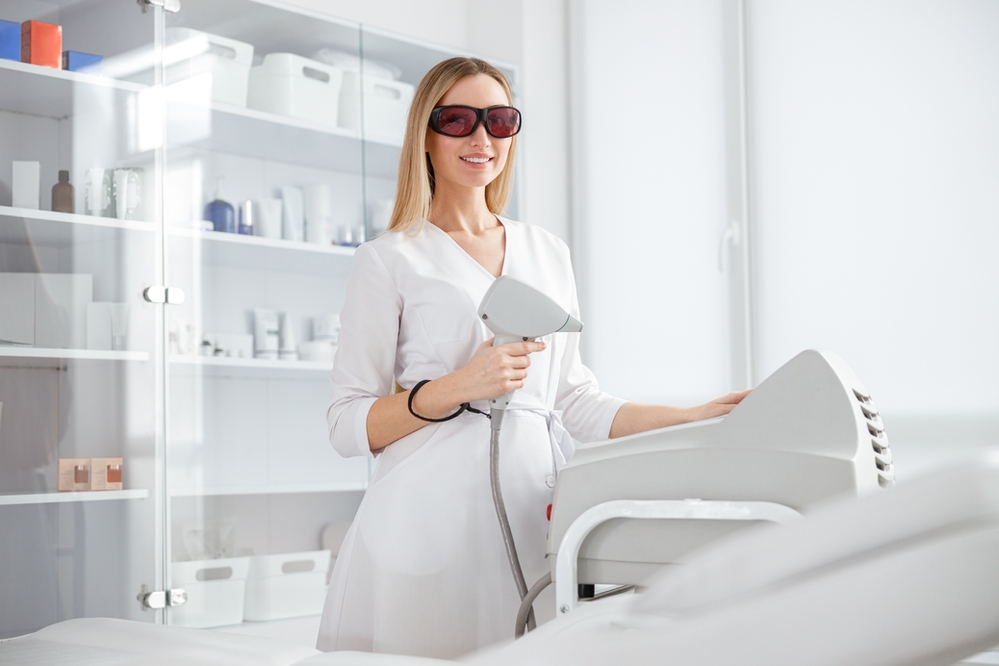
Nonablative laser treatments
Non-ablative lasers have emerged as a popular alternative to ablative laser resurfacing for individuals seeking skin rejuvenation with minimal downtime and discomfort. Unlike their ablative counterparts, non-ablative lasers penetrate deeper into the skin without damaging the outer layer, making them ideal for addressing various skin concerns while minimizing the risk of adverse effects.
Non-ablative laser treatments are particularly effective in improving skin tone, texture, and overall appearance. They can help reduce the appearance of fine lines, wrinkles, and minor facial flaws, as well as address concerns such as sun damage and uneven skin pigmentation. By promoting collagen growth and enhancing skin elasticity, non-ablative lasers can result in a smoother, more youthful-looking complexion.
Patients undergoing non-ablative laser treatments typically experience little to no downtime, allowing them to resume their daily activities immediately after the procedure. While multiple treatment sessions may be recommended to achieve optimal results, the overall recovery time is often shorter compared to ablative laser or laser skin resurfacing
Nonetheless, it's essential for patients to follow post-procedure instructions provided by their healthcare provider to ensure proper healing and maintenance of results. This may include avoiding direct sun exposure, using sunscreen, and adhering to a tailored skincare regimen to support collagen production and enhance treatment outcomes.
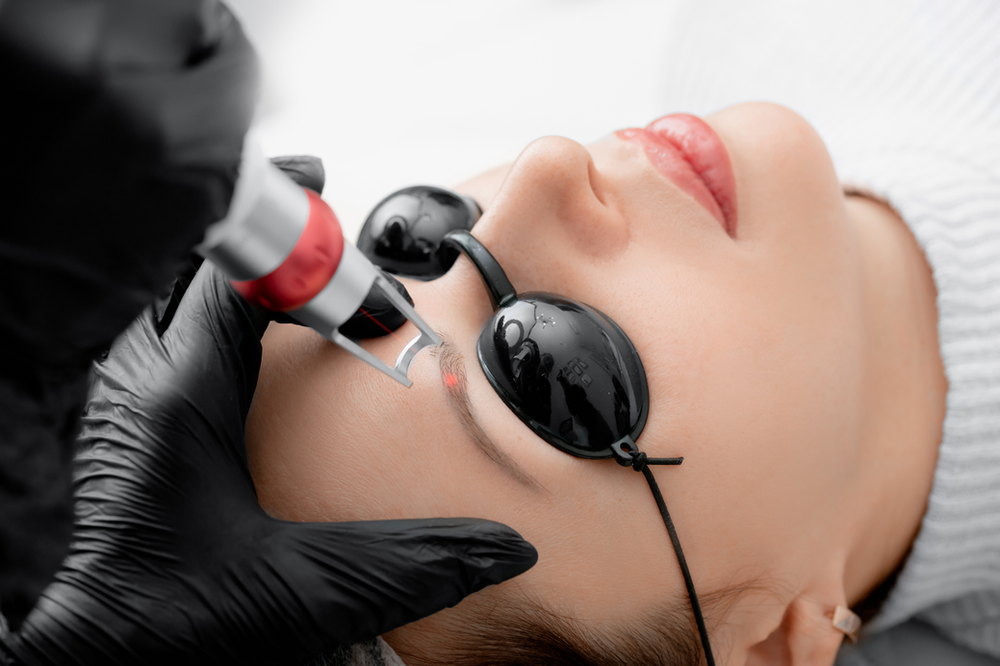
Fractional Resurfacing Laser (Fractional Lasers)
Fractional lasers, a subtype of ablative and non-ablative lasers, have revolutionized skin resurfacing by treating only a fraction of the skin's surface during each session. This technique minimizes downtime and side effects while still achieving remarkable results in improving skin texture, tone, and appearance.
Fractional lasers have revolutionized the field of laser skin resurfacing by offering a highly effective and versatile solution for addressing various skin concerns with minimal downtime. These advanced lasers deliver precise beams of light energy to targeted areas of the skin, creating microscopic columns of injury known as treatment zones. Unlike traditional laser skin resurfacing techniques that treat the entire skin surface, fractional lasers only target a fraction of the skin during each treatment session, leaving surrounding tissue intact.
During a fractional laser procedure, the laser energy penetrates deep into the skin, stimulating collagen production and promoting the growth of new, healthier skin cells. This process results in the gradual improvement of skin tone, texture, and overall appearance, with minimal discomfort and downtime.
Fractional lasers are particularly effective in treating acne scarring, as they can target and destroy damaged tissue while promoting the formation of new skin. Additionally, fractional laser treatments can help reduce the appearance of wrinkles, improve skin elasticity, and enhance overall skin quality.
Fractional laser resurfacing is often performed as an outpatient procedure, allowing patients to return home the same day. The treatment area may appear slightly red or flushed immediately after the procedure, but this typically subsides quickly, allowing patients to resume their normal activities with minimal disruption.
It's essential for patients to discuss their medical history with their healthcare provider before undergoing fractional laser resurfacing to ensure the procedure is safe and appropriate for their individual needs. Additionally, patients should follow post-procedure instructions provided by their healthcare provider to optimize healing and maintain results.
Intense Pulsed Light
Intense Pulsed Light (IPL) has emerged as a popular modality for laser skin resurfacing and treatment of various dermatological conditions. Unlike traditional lasers that emit a single wavelength of light, IPL systems deliver a broad spectrum of light wavelengths to the skin, targeting a range of skin issues simultaneously.
For optimal results, multiple IPL treatments may be recommended, spaced several weeks apart. This allows for gradual improvement of the treated skin over time, with minimal downtime between sessions. Each IPL treatment session typically lasts about 20 to 30 minutes, depending on the size and severity of the treatment area.
Unlike some ablative lasers that vaporize tissue, IPL works by selectively heating and destroying targeted structures in the skin without causing significant damage to surrounding tissue. This makes IPL a relatively safe and non-invasive option for skin resurfacing and rejuvenation.
While IPL is effective in treating a variety of skin concerns, it may not be suitable for everyone. Patients with darker skin tones may be at higher risk of adverse effects, such as hyperpigmentation or hypopigmentation, due to increased melanin absorption of the light energy. Additionally, individuals with a history of keloid scarring or certain medical conditions may not be suitable candidates for IPL treatment.
Benefits of Laser Resurfacing
One of the primary benefits of laser resurfacing is its ability to address a wide range of skin issues, including acne scars, sun damage, fine lines, and skin laxity. By promoting collagen formation and remodeling, laser treatments can effectively improve skin texture, tone, and overall appearance. Moreover, laser resurfacing is safe for various skin types, including darker skin tones, with minimal risk of adverse effects when performed by experienced practitioners.
Whether it's erbium laser resurfacing for precise skin rejuvenation or Carbon dioxide laser resurfacing for more extensive treatments, there are options available to suit individual needs multiple treatment sand goals.
In addition to its cosmetic benefits, laser skin resurfacing can also be instrumental in addressing certain medical conditions. For instance, individuals prone to cold sores may receive antiviral medication prior to treatment to minimize the risk of outbreaks. Moreover, laser resurfacing can be tailored to accommodate different skin colors, ensuring safe and effective treatment for individuals with diverse skin tones.
Furthermore, laser skin resurfacing isn't solely focused on aesthetic concerns. It can also target specific medical issues, such as lines and wrinkles, that may impact an individual's quality of life. Cosmetic surgeons specializing in laser treatments often collaborate with dermatologists and other healthcare professionals to provide comprehensive care and achieve optimal results for their patients.
In some cases, laser skin resurfacing may be part of a reconstructive surgery plan, particularly for individuals seeking to address scarring or skin damage resulting from trauma or surgery. By precisely targeting and remodeling treated areas, laser resurfacing plays a crucial role in restoring both form and function to damaged skin.
Recovery time following laser skin resurfacing varies depending on the extent of treatment and individual healing response. While downtime is typically minimal, patients may experience redness, swelling, and temporary discomfort in the treated areas. However, these side effects usually subside within a few days to weeks, allowing patients to resume their normal activities with renewed confidence in their skin's appearance.
The Treatment Process
During a laser resurfacing session, the laser heats targeted areas of the skin, causing controlled damage to the skin layers. This prompts the body's natural healing process, leading to the formation of new skin and the reduction of imperfections. Depending on the extent of the concerns being addressed, multiple treatment sessions may be recommended to achieve optimal results. from cosmetic procedure
Considerations and Precautions
Before undergoing laser resurfacing, it's essential to consult with a qualified healthcare professional who can assess your skin concerns, medical history, and treatment goals. Certain factors, such as sun exposure, history of cold sores, and use of acne medications, may affect the suitability of laser treatment. Additionally, individuals with a history of skin cancer should exercise caution and discuss the potential risks with their healthcare provider.
Recovery and Aftercare
Following laser resurfacing, patients may experience redness, swelling, and mild discomfort, which typically subside within a few days to a week. It's crucial to follow post-procedure instructions provided by your healthcare provider, including skincare regimens and sun protection measures, to ensure optimal healing and results.
Advanced Laser Technologies
In recent years, advancements in laser technologies have further refined the process of laser resurfacing, allowing for more precise and targeted treatments. Pulsed dye lasers, for instance, are particularly effective in treating vascular conditions and age-related blemishes by delivering light energy to targeted areas of the skin. Additionally, fractional lasers have revolutionized the field by treating only a fraction of the skin's surface during each session, minimizing downtime and side effects while maximizing results.
Tailored Treatments for Diverse Skin Types
One of the significant advancements in laser resurfacing is its ability to safely treat a wide range of skin types and tones. Nonablative lasers, in particular, are well-suited for individuals with darker skin tones, as they bypass the outer layer of the skin, reducing the risk of pigmentation changes. Moreover, ablative lasers can be adjusted to accommodate varying degrees of skin pigmentation, providing personalized treatment options for individuals with diverse skin concerns.
Addressing Specific Concerns
Whether it's treating fine lines and wrinkles or reducing the appearance of acne scars, laser resurfacing offers targeted solutions for a variety of skin concerns. By precisely targeting problem areas and promoting collagen growth, laser treatments can effectively minimize the signs of aging, enhance skin texture, and restore a more youthful appearance. Moreover, laser therapy can safely address minor facial flaws, such as enlarged oil glands and age-related blemishes, with minimal discomfort and downtime.
Looking to the Future
As technology continues to evolve, the future of laser resurfacing holds even greater promise for patients seeking to improve their skin's appearance and health. Ongoing research and development efforts are focused on refining existing techniques, developing new treatment modalities, and expanding the applications of laser therapy in both cosmetic and medical settings.
From addressing age-related blemishes to treating complex medical conditions, laser resurfacing remains at the forefront of modern skincare and cosmetic surgery. With its ability to safely and effectively target specific skin concerns while minimizing downtime and discomfort, laser resurfacing offers a transformative solution for individuals looking to enhance their natural beauty and regain confidence in their appearance.
Final Thoughts
Laser skin resurfacing represents a powerful tool in the arsenal of modern skincare and cosmetic surgery, offering tailored solutions for a wide range of skin concerns and conditions. Whether you're looking to rejuvenate aging skin, address acne scars, or treat medical conditions such as skin cancer, laser resurfacing can help you achieve smoother, more radiant skin with minimal downtime and discomfort.
By harnessing the latest advancements in laser technology and collaborating with skilled healthcare providers, patients can unlock the full potential of laser resurfacing to achieve their desired aesthetic and medical goals. With proper care and maintenance, the benefits of laser resurfacing can be enjoyed for years to come, allowing individuals to embrace their natural beauty and feel confident in their new skin themselves.
Visit Visage Laser and Skin care to lePhotosarn more.



